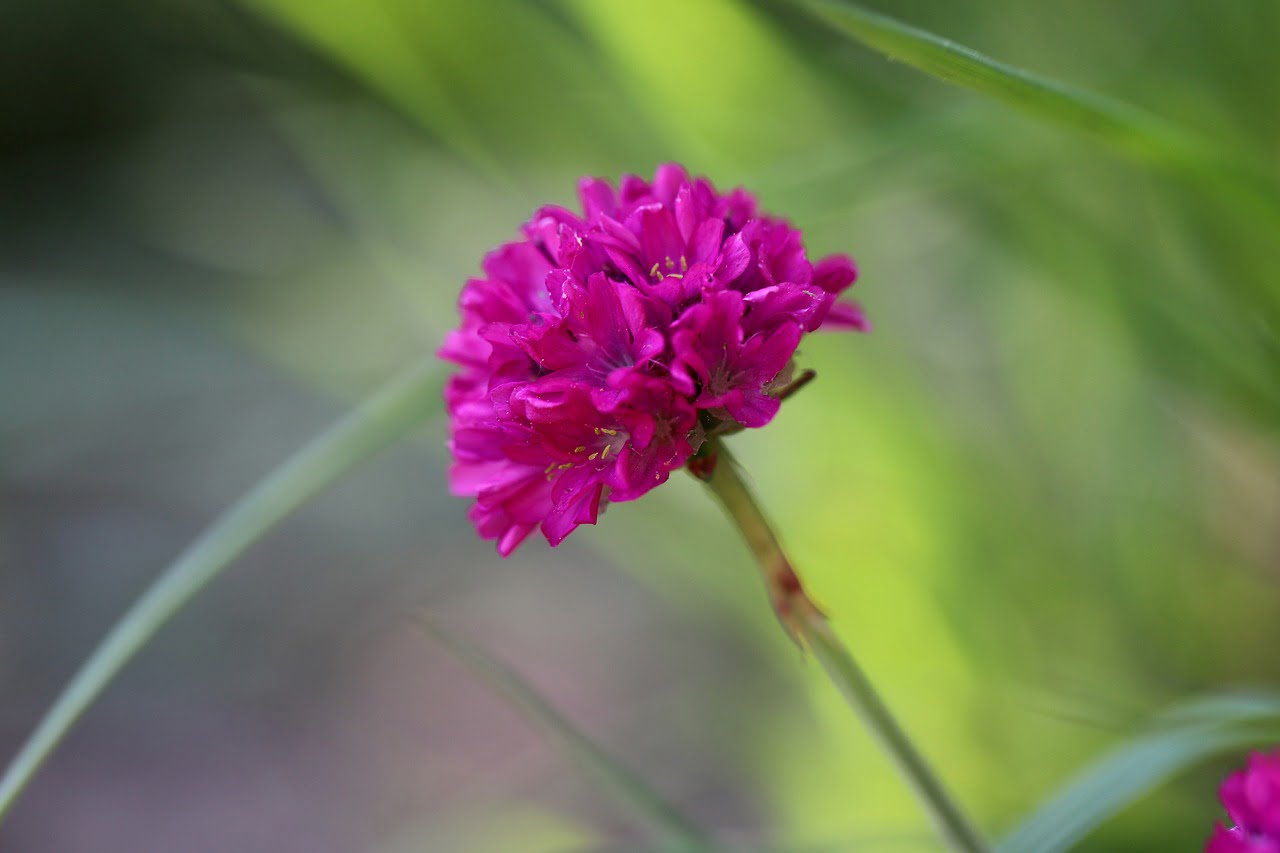
Armeria and Planting: Unveiling the Beauty of a Unique Plant
Table of Contents
- Introduction to Armeria
- The Versatility of Armeria Plants
- Selecting the Ideal Location
- Preparing the Soil: A Foundation for Success
- Propagation Methods
- Planting Armeria Seeds
- Caring for Armeria
- Watering Wisely: Finding the Balance
- Nurturing Young Armeria Seedlings
- Dealing with Pests and Diseases
- Pruning for Health and Aesthetics
- Armeria in Various Landscapes
- The Timeless Charm of Armeria
- Conclusion: Embrace the Beauty of Armeria
- FAQs (Frequently Asked Questions)
Introduction to Armeria
Armeria, known by charming monikers such as “Sea Thrift” or “Thrift,” is a captivating perennial plant that goes beyond its visual appeal. The allure of Armeria lies in its ability to transform gardens, landscapes, and even coastal areas into picturesque havens. With delicate, spherical blooms resembling cotton candy and gracefully swaying grass-like foliage, Armeria adds an enchanting touch to any setting.
The Versatility of Armeria Plants
Diversity is a hallmark of the Armeria genus. A delightful array of species and varieties offer an abundance of choices, ensuring there’s an Armeria to suit every gardener’s taste. From compact, cushion-like formations adorned with vibrant flowers to cascading blooms that spill like nature’s own waterfall, Armeria boasts a versatility that makes it a cherished addition to gardens both grand and intimate.
Selecting the Ideal Location
Just as a well-chosen stage enhances a performance, selecting the right location is pivotal for Armeria’s growth and splendor. These sun-loving plants thrive when basking in at least six hours of direct sunlight each day. To ensure their roots remain content, opt for a spot with well-draining soil. Armeria’s aversion to waterlogged roots emphasizes the importance of choosing a well-draining location.
Preparing the Soil: A Foundation for Success
Armeria plants flourish when their soil is thoughtfully prepared. The key lies in creating an environment that mimics their native habitats. Aim for slightly alkaline to neutral soil, a pH range of 6.0 to 7.5. To boost soil fertility and structure, incorporate compost or well-rotted manure. This groundwork ensures your Armeria’s growth is steady and vibrant.
Propagation Methods
Armeria can be brought into the world through two primary methods: seeds and division. Both methods offer unique experiences for gardeners. Sowing seeds indoors provides the joy of nurturing a plant from its earliest days. On the other hand, division is an excellent approach for expanding your collection of Armeria plants.
Planting Armeria Seeds
The journey of an Armeria plant begins with its seeds. Planting Armeria seeds indoors during the late winter or early spring marks the inception of a beautiful journey. Sow the seeds in a well-draining seed-starting mix, ensuring they’re barely covered with soil. This modest burial is the start of a transformational process. Maintain consistent moisture and warmth to encourage germination and watch as life emerges.
Caring for Armeria
Armeria’s charm is matched by its low-maintenance nature. However, a touch of care goes a long way in preserving its elegance. By nurturing this unique plant, you’re rewarded with prolonged beauty and vitality.
Watering Wisely: Finding the Balance
While Armeria has a resilience for drought, regular watering is necessary during the growing season. Striking a balance between watering deeply and infrequently is vital. Allow the soil to dry out between watering sessions, preventing the risk of overwatering and root rot.
Nurturing Young Armeria Seedlings
As Armeria seedlings develop and flourish, transplant them into individual pots. Continue providing ample light and moisture, ensuring they have room to thrive. This delicate phase of their growth requires gentle attention to set the stage for their future beauty.
Dealing with Pests and Diseases
Armeria typically stands strong against pests and diseases. Nonetheless, keeping a watchful eye for potential threats like aphids, snails, and root rot is wise. Swift action, if needed, ensures your Armeria remains vibrant and healthy.
Pruning for Health and Aesthetics
A practice that contributes to Armeria’s well-being is regular deadheading. Removing spent flowers encourages a continuous bloom cycle. Beyond this, occasional pruning to eliminate damaged leaves and spent blooms enhances both the plant’s health and its visual allure.
Armeria in Various Landscapes
Armeria’s adaptability renders it a versatile addition to a variety of landscapes. Whether adorning coastal gardens, accentuating urban balconies, or gracing traditional backyards, Armeria’s charm seamlessly adapts to different environments.
The Timeless Charm of Armeria
Timelessness is woven into Armeria’s essence. Its charm transcends trends and seasons, making it a cherished component of any garden. Armeria possesses the uncanny ability to create a serene atmosphere, offering a timeless escape from the mundane.
Conclusion: Embrace the Beauty of Armeria
Incorporating Armeria into your garden is an invitation to embrace a different kind of beauty. It’s not just about flowers and foliage; it’s about the enchantment that arises from coexisting with nature’s creations. With minimal maintenance and maximal impact, Armeria graces your outdoor space with its delicate elegance.
FAQs (Frequently Asked Questions)
- Can Armeria thrive in coastal areas?
Indeed, Armeria’s origins in coastal regions make it an ideal candidate for thriving in such environments. - Is Armeria suitable for beginners?
Absolutely, Armeria’s undemanding nature and adaptability make it an excellent choice for novice gardeners. - Can Armeria withstand frost?
While some Armeria species exhibit frost tolerance, it’s advisable to offer protection during severe cold spells. - How frequently should I fertilize Armeria?
A light fertilization during the spring using a balanced fertilizer supports Armeria’s growth and longevity. - Do Armeria plants attract pollinators?
Yes, Armeria’s nectar-rich blooms act as a beacon, attracting butterflies and bees, enhancing pollinator activity.